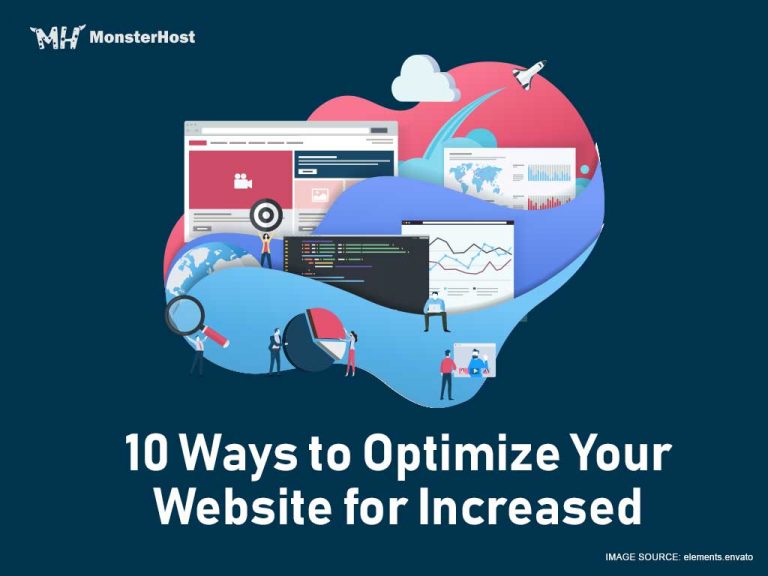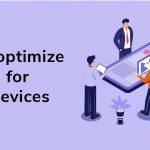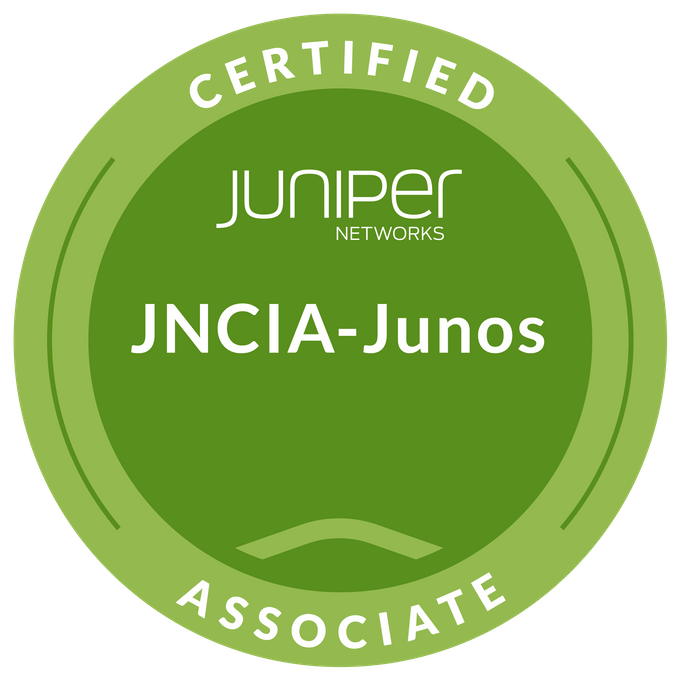No matter what your business is, optimizing your website for increased traffic and conversions is one of the most important steps you can take to help your business succeed. With the right strategies and tactics, you can optimize website that brings in more leads, higher conversion rates, and more success in the long run. This blog post will go over several tried-and-true methods for website optimization.
Table of Contents
1. Optimize Your Content
When it comes to search engine optimization for websites, content is what matters most. Ensure that your content has been optimized for search engines. Using keywords, proper formatting, and providing valuable and engaging material optimizes your website’s content. Your website’s content should also be of the best quality, meaning it is well-written, simple to read, and relevant to your audience.
2. Get Backlinks
Google’s algorithm takes into account several factors when determining where to place a website, but the quantity and quality of backlinks are among the most important. The more links you have to your site from reputable sources with high domain authority, the higher your own DA will rise. Your organic traffic and the traffic your links bring will increase proportionally as your DA grows.
3. Optimize Your Website’s Load Time
Have you ever waited more than 10 seconds for a web page to load? Your website’s load time is essential for website optimization. It’s important that your website functions swiftly and smoothly. A slow-loading website is a surefire way to discourage potential customers, leading to higher bounce rates and fewer conversions. Ensure your page load time is optimal by using caching, compressing images, simple page structure, and optimizing your code.
4. Leverage the Power of Social Media
The days of just creating excellent content and crossing your fingers that people stumble across it are over. If you’re trying to improve your website’s rankings, social media can be a huge help. Boost your website’s exposure by sharing links to it on social media.
Twitter is best for short, snappy (and enticing) links. On the other hand, Pinterest and Instagram, which rely heavily on visual content, provide a particularly fruitful marketing avenue for business-to-consumer (B2C) product companies.
5. Create a Visually Appealing Website
According to research by the Stanford Persuasive Technology Lab, 46% of users place the most importance on website design (including color scheme, site navigation, font size, and layout) when deciding whether or not to do business with that company. A well-executed, professional look in the design is, thus, essential. Customers will quickly lose interest and depart if they find your web site unappealing.
6. Utilize Paid Advertising
You can boost your website’s visibility and traffic with sponsored advertisements. When using paid advertising, it’s crucial that you craft persuasive material. You can do this by using different ad versions, employing keywords, and providing a compelling CTA.
7. Optimize Your Site for Mobile Users
As of November 2022, mobile device users accounted for 59.5% of all website traffic. This number was under one-third in the first quarter of 2015 (31.16%). Therefore, Internet traffic from mobile devices has climbed by 75% since 2015.
In light of the growing number of people who now access the internet via their mobile devices, making sure you optimize website for mobile and tablet users is essential. This includes using a responsive layout and adjusting the font size and other formatting elements so that they appear correctly on mobile devices.
8. Include Customer Testimonials
By displaying positive feedback from customers, you may earn the confidence of your site visitors and even boost sales. People often tend to put more faith in other people than brands. Encourage your best customers to leave testimonials on your web site.
9. Include Calls-to-Action (CTA) on Every Page
Calls-to-action is important for conversions The call-to-action buttons on your website should be large, visible, and convincing. Include compelling messaging and visuals to encourage visitors to take the desired action.
To increase the likelihood that visitors will take action, try including personalized calls-to-action like “Yes, I want my free copy” or “Apply my 20% Coupon” on the page.
10. Monitor Your Website’s Performance
Last but not least, it’s important to always keep an eye on how well your website is doing. Conducting regular split tests between two versions of your website’s features is crucial to keeping your current clientele happy. Websites must evolve in response to their users’ ever-shifting preferences and habits.
How to Measure the Success of a website – Setting and Tracking SEO Metrics
Before you can start tracking SEO metrics for your website, you must first set goals for your website. Having these objectives in mind will guide your choice of metrics and evaluation of the site’s performance.
Once you have set goals for your website, you can begin to optimize website for search engine optimization (SEO). This can include optimizing the content of your web site, optimizing the URLs, optimizing the meta descriptions, and optimizing the title tags. Your website’s search engine rankings will rise if you use these strategies.
Once you have optimized your website, you can then track the SEO metrics that are important to your website. These metrics include organic search visibility, organic search traffic, organic search conversions, organic search rankings, organic search impressions, organic search clicks, and organic search volume.
Tools like Google Search Console and Google Analytics will help you keep tabs on key metrics. Discover where your site stands in relation to the competition with these tools (SERPs).
Once you have tracked the SEO metrics for your website, you can then use them to measure the success of your website. You can look at the organic search visibility, organic search traffic, organic search conversions, organic search rankings, organic search impressions, organic search clicks, and organic search volume to determine if you are making progress towards your goals.
Conclusion
Your company’s website is the primary interface through which customers interact with your company and, in many ways, the very embodiment of your brand. Therefore, it is crucial to optimize your typical traffic and conversions, not only to convey your brand’s value proposition to potential customers but also to open the door to significantly increase sales conversions.






